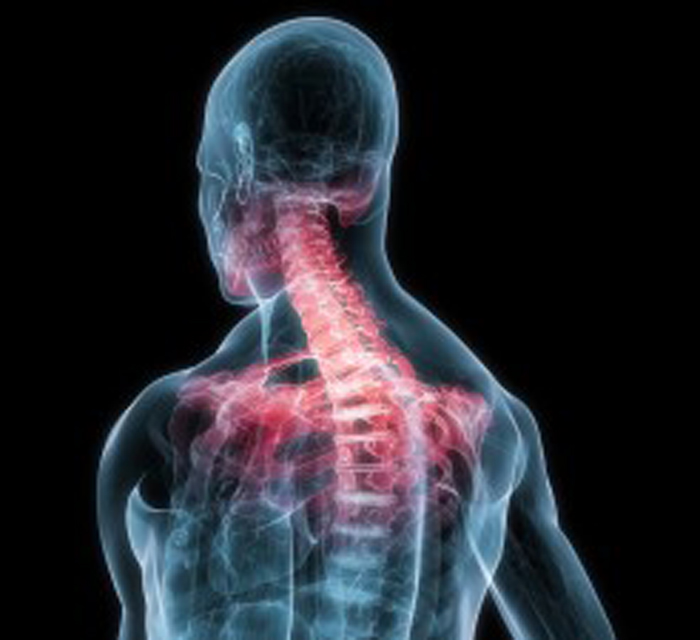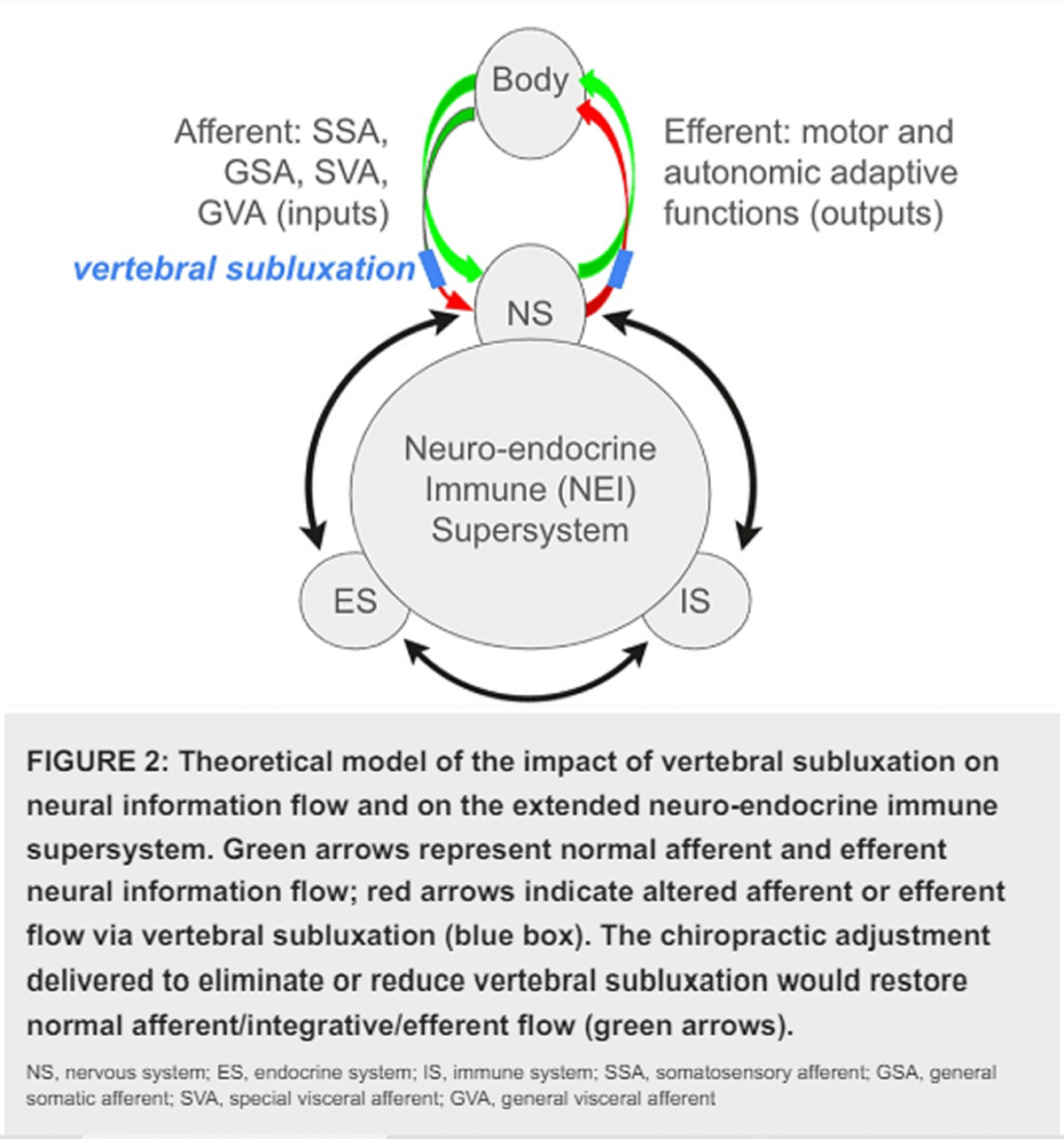Effects of 12 Weeks of Chiropractic Care on Central Integration of Dual Somatosensory Input in Chronic Pain Patients: A Preliminary Study
SOURCE: J Manipulative Physiol Ther. 2017 (Feb 10) [Epub]
Heidi Haavik, PhD, BSc (Chiro), Imran Khan Niazi, PhD,
Kelly Holt, PhD, BSc (Chiro), Bernadette Murphy, PhD, DC
Centre for Chiropractic,
New Zealand College of Chiropractic,
Mount Wellington,
Auckland, New Zealand.
OBJECTIVE: The purpose of this preliminary study was to assess whether the dual somatosensory evoked potential (SEP) technique is sensitive enough to measure changes in cortical intrinsic inhibitory interactions in patients with chronic neck or upper extremity pain and, if so, whether changes are associated with changes in pain scores.
METHODS: The dual peripheral nerve stimulation SEP ratio technique was used for 6 subjects with a history of chronic neck or upper limb pain. SEPs were recorded after left or right median and ulnar nerve stimulation at the wrist. SEP ratios were calculated for the N9, N13, P14-18, N20-P25, and P22-N30 peak complexes from SEP amplitudes obtained from simultaneous median and ulnar stimulation divided by the arithmetic sum of SEPs obtained from individual stimulation of the median and ulnar nerves. Outcome measures of SEP ratios and subjects’ visual analog scale rating of pains were recorded at baseline, after a 2-week usual care control period, and after 12 weeks of multimodal chiropractic care (chiropractic spinal manipulation and 1 or more of the following: exercises, peripheral joint adjustments/manipulation, soft tissue therapy, and pain education).
RESULTS: A significant decrease in the median and ulnar to median plus ulnar ratio and the median and ulnar amplitude for the cortical P22-N30 SEP component was observed after 12 weeks of chiropractic care, with no changes after the control period. There was a significant decrease in visual analog scale scores (both for current pain and for pain last week).
There are more articles like this @ our:
CONCLUSION: The dual SEP ratio technique appears to be sensitive enough to measure changes in cortical intrinsic inhibitory interactions in patients with chronic neck pain. The observations in 6 subjects revealed that 12 weeks of chiropractic care improved suppression of SEPs evoked by dual upper limb nerve stimulation at the level of the motor cortex, premotor areas, and/or subcortical areas such as basal ganglia and/or thalamus. It is possible that these findings explain one of the mechanisms by which chiropractic care improves function and reduces pain for chronic pain patients.
KEYWORDS: Neuroplasticity; Sensory Gating; Somatosensory Evoked Potentials; Spinal Manipulation; Transcutaneous Nerve Stimulation
From the Full-Text Article:
Introduction
Spinal manipulation is known to result in clinical improvements in spinal function and reduction of both acute and chronic low back and neck pain. [1–7] However, the mechanism(s) responsible for the restoration of function and relief of pain after manipulative care are not well understood. We have yet to fully understand the neurophysiological mechanisms responsible for such clinical improvements after spinal manipulation of any kind. It is of interest to us whether chiropractic care can induce changes in various aspects of central nervous system (CNS) functioning, including alterations in reflex excitability, [8–12] sensory processing, [13] and motor control. [12]
A recent study used the dual somatosensory evoked potential (SEP) ratio technique to further explore these CNS alterations following chiropractic adjustment/manipulation. [14, 15] This experimental technique has previously been used by Tinazzi et al., [16] who found that dystonic subjects exhibited an abnormality in the intrinsic inhibitory interactions within the somatosensory system. The technique can be used to measure central integration of dual somatosensory input. [16] This can be achieved by comparing the amplitudes of SEP peaks obtained by stimulating the median and ulnar nerves simultaneously (MU) with the amplitude obtained from the arithmetic sum of the SEPs elicited by stimulating the same nerves separately (M + U). The ratio of MU to M + U indicates the central interaction between afferent inputs from these 2 peripheral nerves and, thus, reflects the degree to which the CNS filters or gates excessive somatosensory afferent information. [17–21]
SOURCE: Read the rest of this Full Text article now!





Leave A Comment